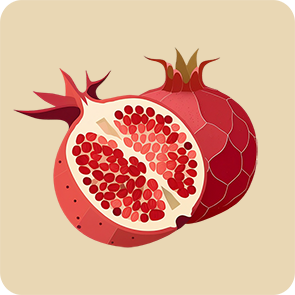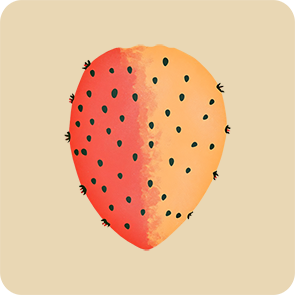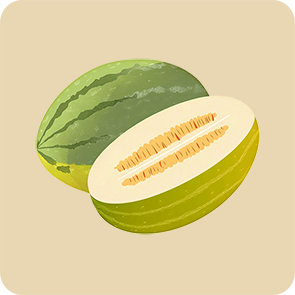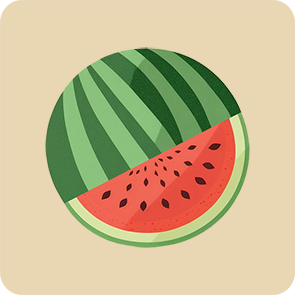
Lime

Kumquat

Lemon
A tangy, vitamin C-packed fruit that adds freshness and flavor to any dish with just a few calories.
30
1 medium fruit
(100 grams)
CAL
A
Nutri-Score
Low in calories, excellent source of vitamin C, and high in antioxidants.
Value per 100 grams & per cup:
30 kcal / 60 kcal
Protein
5 gram / 1.5 grams
Fats
0.3 grams / 0.5 grams
Carbohydrates
9.5 grams / 20 grams
Fiber
2.8 grams / 6 grams
Vitamins & Nutrients
- Vitamin C: Supports immune health and skin regeneration.
- Vitamin B6: Vital for brain function and metabolism.
- Potassium: Helps regulate fluid balance and blood pressure.
- Folate: Essential for cell division and growth.
Satiety and Feelings
Lemons are tart, refreshing, and full of citrusy flavor. They’re known to help with hydration, boost digestion, and add a burst of freshness to both food and beverages.
What does 100 grams look like?
About 1 medium lemon, peeled and sliced or roughly half a cup of chopped lemon flesh (no peel)
How many to reach 2000/2500 calories?
About 70-80 lemons.
Daily Value per 100 grams %
Did you know?
Lemons are thought to have originated in northeastern India, China, or Myanmar, as a natural hybrid between bitter orange and citron. Lemons spread to the Mediterranean region around 200 AD, and later to the Americas with Spanish explorers.
In the 1700s, British sailors carried lemons on long voyages to prevent scurvy, thanks to their high vitamin C content.
A healthy lemon tree can live for more than 50 years and produce fruit year-round in the right climate.
Despite their sour taste, lemons are alkaline-forming once metabolized, helping balance the body’s pH.
Drawback
High acidity: can erode tooth enamel if consumed frequently or undiluted.
May cause heartburn: especially in people sensitive to acidic foods.
Skin sensitivity: lemon juice on skin can increase sun sensitivity, leading to irritation or burns.


































































